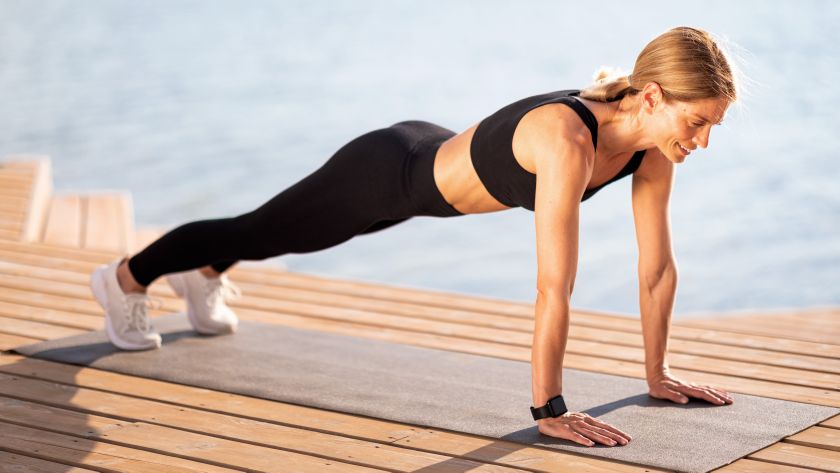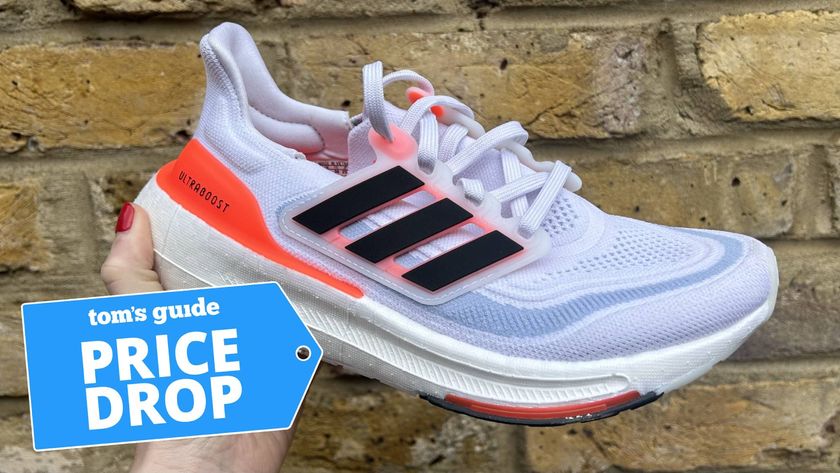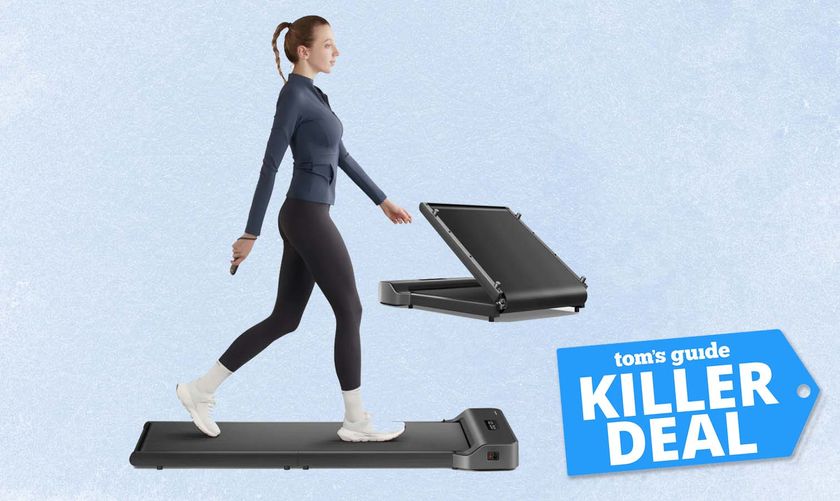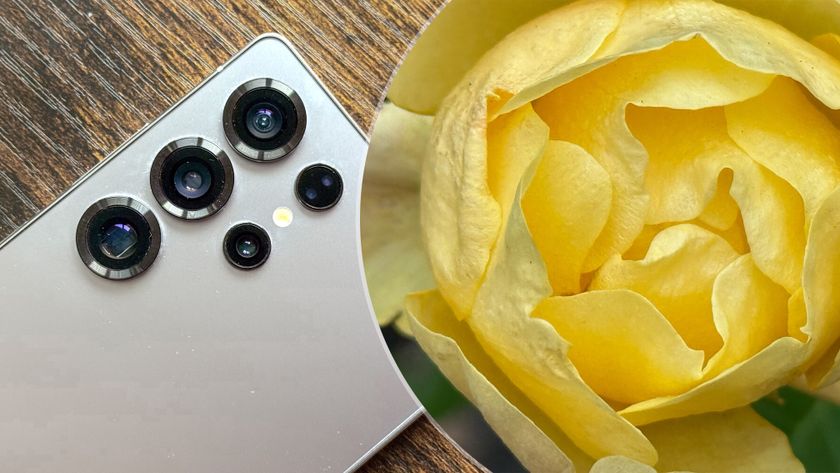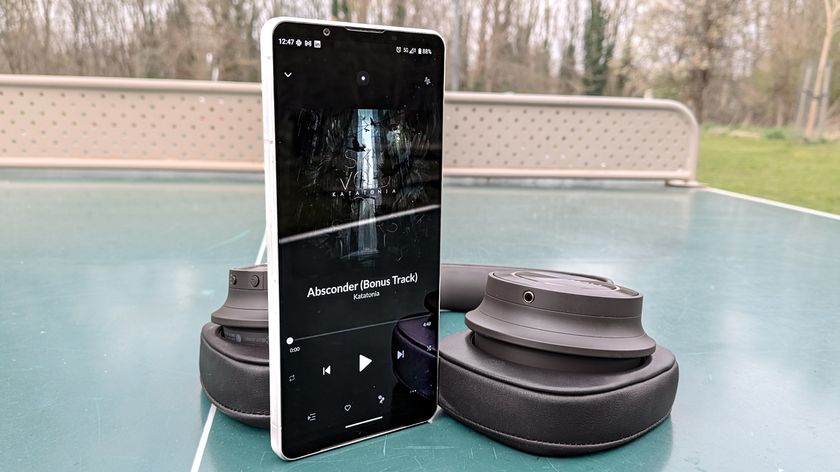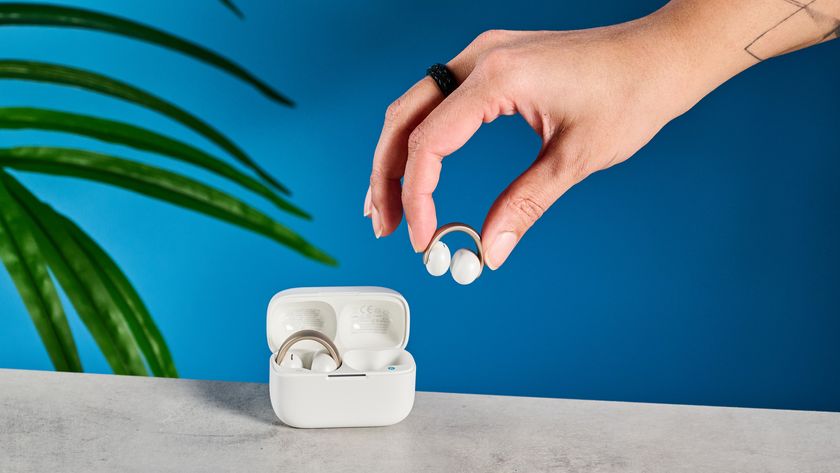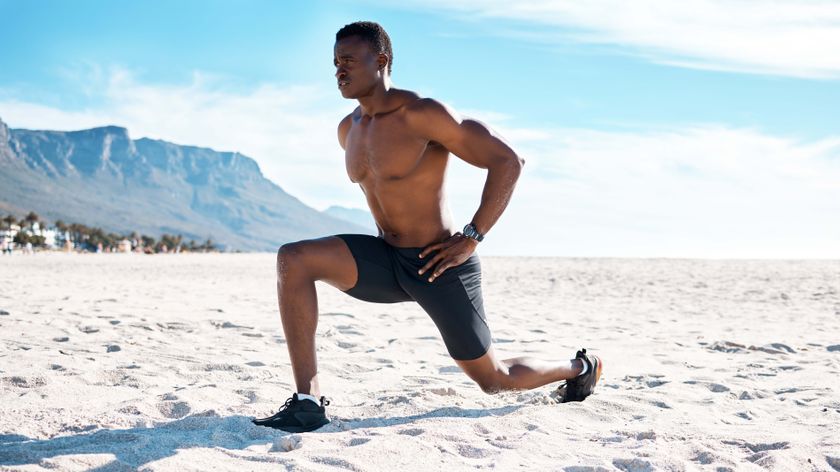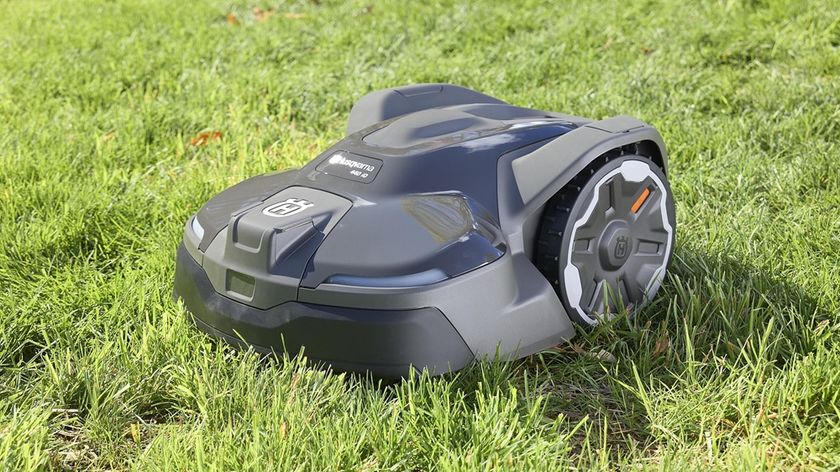Who Has the Most Accurate Heart Rate Monitor?
Fitness trackers and smartwatches are becoming more advanced health trackers. But can you trust their accuracy?
Fitness trackers and smartwatches have become so advanced that we now expect them to give us detailed information on our heart rate by default. The optical heart-rate sensor was once a unique feature that commanded a premium, but now even budget bands track your beats per minute while you work out.

Now these devices are moving beyond basic heart-rate-monitoring during workouts. Any Apple Watch running watchOS 5 can tell you when your heart rate is too high or too low when you're not exercising, which could be a sign of a serious health issue. The Series 4 has an even more sophisticated electrical sensor for taking electrocardiograms.
Given that heart-rate measurement is transitioning from an informative fitness feature to a critical health status, it's more important than ever for fitness trackers and smartwatches to accurately read your heart rate.
Devices that offer medical alerts such as the Apple Watch Series 4 have to go through the U.S. Food and Drug Administration to make such promises. But even if you don't need clinical-grade features, heart-rate accuracy is important for gauging your overall health and encouraging you to meet your fitness goals.
We put several of the top-selling wrist-worn fitness trackers and smartwatches from Apple, Fitbit, Garmin and Samsung to the test against a Polar H10 chest strap to see to see how they stack up to the gold standard in consumer-grade heart-rate accuracy.
MORE: Best Running Apps for iOS and Android
Based on my experience, the Apple Watch Series 3 and Series 4, as well as the Samsung Galaxy Watch, were the most accurate in measuring my heart rate. They exhibited the least amount of lag, and the variance in heart rate was the closest to the chest-strap readings.
What (and how) we tested
Why you can trust Tom's Guide
Heart-rate sensors' accuracy depends on a variety of factors. First is the fit of the device; larger devices, such as the Fitbit Ionic and Garmin Fenix 5, were a bit loose on my smaller wrist, which could contribute to inaccurate readings. Other things that can affect readings include the skin tone of the wearer, as well as the ambient temperature.
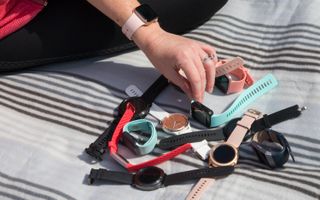
The results below are from a single person, so they're by no means scientific; however, we plan to test these devices on other individuals, as well as test newer devices as they come out.
What we found
We've tested Polar's chest straps against a Quinton Cardiac Science Q-Stress test machine in the past and found them to be within one beat per minute of the EKG reading. With that baseline, I wore the Polar H10 and each of the wrist-worn heart-rate-monitoring devices below to track my BPM during a 3.5-mile run, a half-mile brisk walk and at rest.
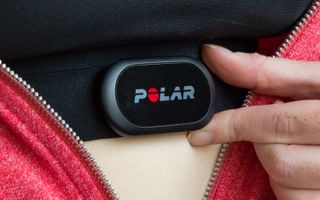
I then compared my average heart rate as recorded by the watch to the Polar H10's reading; The second number in each of the cells below is the Polar H10's reading.
| Row 0 - Cell 0 | Average Running HR vs. Chest Strap | Average Resting HR vs. Chest Strap | Average Walking HR vs. Chest Strap | Overall Average Variance vs. Chest Strap |
| Apple Watch Series 3 | 165/166 | 57/57 | 88/89 | 0.67 |
| Apple Watch Series 4 | 162/163 | 64/64 | 100/101 | 0.67 |
| Fitbit Ionic | 160/162 | 65/65 | 86/101 | 5.67 |
| Fitbit Charge 2 | 162/167 | 72/75 | 111/107 | 4 |
| Fitbit Versa | 163/163 | 62/65 | 104/103 | 1.3 |
| Samsung Galaxy Watch | 161/162 | 64/64 | 102/101 | 0.67 |
| Samsung Gear Sport | 156/155 | 71/69 | 98/94 | 2.3 |
| Garmin Fenix 5 | 165/164 | 78/79 | 122/121 | 1 |
| Garmin Forerunner 35 | 166/165 | 77/79 | 101/101 | 1 |
| Garmin Vivoactive 3 Music | 169/168 | 79/79 | 122/119 | 1.3 |
| Garmin Vivomove HR | 171/170 | 83/81 | 118/117 | 1.3 |
In general, the average heart rate as recorded by the fitness trackers and the Polar chest trap were within a few beats of each other. However, the wrist-worn trackers often lagged behind the chest strap as I ramped up or slowed down my heart rate.
I noticed that there was often more variation in heart-rate averages in the shorter walks, because the BPM reported on the wrist-worn trackers often lagged behind the chest strap as I ramped up my walk, and then took longer to come back down as I ended.
MORE: Best Smart Scales
I also noted the variation between BPMs on the wrist-worn device compared with the Polar's readings in the Polar Beat app while exercising.
The Results
Newer devices, including the Apple Watch Series 4 and Samsung's Galaxy Watch, took just seconds to catch up to the chest strap.

However, Fitbit's Versa smartwatch wasn't quite as responsive. I looked down at my wrist mid-run and the Versa showed my heart rate as 111, while the Polar Beat app gave me a reading of 103. The averages evened out, but that's important to pay attention to. The Fitbit Ionic doesn't fit me that well, which contributed to an inaccurate walking workout heart-rate average. The Ionic delivered a more accurate average when I ran, likely due to the longer period (35 minutes versus 10 minutes) that it had to measure my heart rate and come up with an average.
I found Garmin devices, including the Forerunner 35 and the Fenix 5, accurately tracked my heart rate during workouts, but were all over the map when resting or walking outside of a workout. I set out on a walk wearing the Polar H10 chest strap and the Forerunner on my wrist, and I noticed the Forerunner's heart rate jumping from the 140s down to 120s and then to the 90s, where the H10 steadily reported a walking heart rate in the high 90s.
MORE: Best Fitness Trackers
That was before I activated a Walking workout on both devices. After launching into workout mode, the heart-rate measurements were more aligned. And the Fenix 5 is so large that it might slide around on smaller wrists, which will make the readings inaccurate.
How Heart Rate Sensors Work
The optical heart-rate sensor found in most fitness trackers and smartwatches today uses photoplethysmography (PPG), which projects a green light on the skin. The light that isn't absorbed by the tissue beneath the skin is reflected back to the sensor, which then measures the variations to calculate your heart rate.
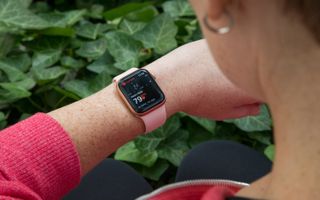
Chest-worn monitors, including the Polar H10 we tested the wrist-worn trackers against, use electrodes to measure your pulse, which is more accurate than PPG technology. The strap is worn closer to the heart and is less prone to sliding around while exercising, which leads to more accurate heart-rate readings.
There are pros and cons to both. I prefer a wrist-worn tracker to a chest strap because I find chest straps to be uncomfortable and awkward to wear. But fitness trackers and smartwatches have to fit just so to take accurate readings. I wore the wrong-size band to initially test the Samsung Gear Sport, and the results were wildly inaccurate. (I retested with a smaller band.)
MORE: Fitness Tracker Buying Guide
"We know from our studies that the accuracy of any one of those devices can vary substantially based on the fit," said Dr. Gregory Marcus, director of clinical research for the University of California, San Francisco’s Division of Cardiology. "Sometimes to get the most accurate measurements, it needs to be quite tight — to the point where it can be uncomfortable. It's not necessarily the sophisticated technology inside the PPG sensor; sometimes it's about the fit."
What Heart Rate Tells You
For heart-rate monitors that promise medical-grade alerts, such as the new Apple Watch, accuracy is paramount. But if you're wearing a fitness tracker to get active or track workouts, it's not so critical.
"[Heart rate] provides an objective measure that can be a motivator and can also inform the user as to how hard to push themselves," Marcus said. "If you’re able to maintain an elevated heart rate more comfortably, you're getting more out of your workout in general."
Some devices use heart rate to simply tell you your fitness levels. But others use the sensor to tell you more about your body. Many Fitbits, including the Ionic, Versa and upcoming Charge 3, use heart rate to analyze your sleep stages and guide you through breathing exercises. Garmin devices, including the new Vivosmart 4, use heart rate to measure stress, which was illuminating for me.
MORE: Do Sleep Tracking Devices Really Work?
And Apple Watches have saved lives with heart-rate alerts that notify you when your heart rate is too high outside of a workout. A new feature tells you when your heart rate is too low, and watches running watchOS 5 will soon alert you if you're experiencing atrial fibrillation (or irregular heart rhythm). That condition is typically asymptomatic.
What’s a Good vs. Bad Heart Rate?
Smartwatches and fitness trackers collect a lot of other information about you, including your age, weight, height and level of activity, to gauge where your heart rate should be to improve fitness or burn fat. The devices also establish a baseline of where your heart rate is normally. A sedentary 65-year-old man's recommended heart-rate zone will be much different from mine.
Marcus said users of fitness trackers and smartwatches should wear heart-rate monitors to look at trends over time. But a "bad" heart rate is one that varies wildly in a short span — that could be a sign of atrial fibrillation, or abnormal heart rhythm.
"If, for example, they're at maximum output and suddenly their heart rate jumps up by 40 beats per minute, that could be a cause for concern," Marcus said.
But he cautioned that is rare.
MORE: 10 Most Surprising Uses for Fitness Trackers
"I’m reluctant to say anything that might enhance the anxiety of users monitoring their heart rate," he said. "I do know from experience with my patients that these heart-rate monitors can sometimes induce unnecessary anxiety from the measurements."
Our Recommendations
Serious athletes may still want to train with a chest strap, but wrist-worn heart-rate-monitoring devices become more accurate and sophisticated over time. A chest strap can't send you notifications, guide you through breathing exercises, measure stress, analyze sleep or any of the other useful features that smartwatches and fitness trackers offer your wrist in addition to analysis of your heart rate.
And if the Apple Watch Series 4's FDA-cleared heart features are a sign of where these devices are heading, soon we'll have much more information about our bodies to show our doctors.
"The future application of those devices may be more relevant to detecting diseases, and there the accuracy becomes much more important," Marcus said.
Wrist-based heart-rate monitors are still better suited for fitness tracking than clinical diagnosis, but that could soon change.
Credit: Tom's Guide
Sign up to get the BEST of Tom's Guide direct to your inbox.
Get instant access to breaking news, the hottest reviews, great deals and helpful tips.
Caitlin is a Senior editor for Gizmodo. She has also worked on Tom's Guide, Macworld, PCWorld and the Las Vegas Review-Journal. When she's not testing out the latest devices, you can find her running around the streets of Los Angeles, putting in morning miles or searching for the best tacos.
